The Great Dog Paddle
By: Hans Christoffersen
Upstream Alliance was kind enough to stray from their normal clientele base to take our group of high school students on a paddle up the barrier islands of the Eastern Shore this past week. The barrier islands are an incredible part of Virginia and the Chesapeake Bay watershed, and over the course of the week, our appreciation for the ever-changing islands grew. Our excursion, The Great Dog Paddle, launched from Wise Point on Monday the 31st of July. There Captain Baugh, Erica Baugh, Tom Horton, Dave Harp, Lonnie Moore and Turney McKnight met our coalition of sophomores and seniors that are Chesapeake Bay Fellows at Norfolk Academy (whose mascot is bull dogs). After making introductions and sandwiches, our group set off. From Wise Point, our group stayed on or near Godwin, Cobb, Hog, Parramore, Cedar, and Metompkin Islands to finish at Chincoteague.
Although each island had many similarities, every location we stayed at distinguished itself in incredibly cool ways. For example, Cobb Island produced the first shark of the trip, a nice three to four-foot Sandbar. When waking up on the barge near Parramore Island, we found tracks of a coyote that visited our campsite in the night. Metompkin, near Gargathy Inlet, was the most challenging campsite, as the island almost hadn’t existed the night before as a result of the high tides near the full moon. These stories are only a handful of some of my favorite and most remarkable moments of the trip. The remaining tales and sightings throughout the journey made the trip of a lifetime.
Our focus on environmental issues was a strong undercurrent of the trip. With concern over rising sea levels and ocean acidification, we often discussed the consequences of such issues. When staying on Parramore, our group ventured to Wachapreague to visit the marine science center at the Virginia Institute of Marine Science (VIMS). Many students and professors there were studying the ways in which various sea creatures react to factors such as sea level rise and warming waters. Our evening discussions went back and forth between science and experience, as Captain Baugh and Captain Lonnie Moore argued the two viewpoints. The visit to VIMS and discussions with our captains provided valuable insight into what can be done in the marine science world, as well as how different people view our changing environment.
A large take away from the trip regards future action. The issues facing the bay are complex, requiring tireless effort to make steps in the right direction. Personally, I find the history of the bay as well as environmental problems intriguing. Weighing the two challenged me in finding a way to overlap the two. When landing at Chincoteague, Chesapeake Bay Commission member and Pennsylvania State Representative Keith Gillespie shared his insight with us. He stressed the importance of listening and learning from the people in the watershed. This tactic helped him gain his elected position. There I see the overlap of history and environment. He handles both the people of the bay and ways they have made their livelihoods with the necessary changes to regulation in order to help the overall health of the bay. The knowledge Representative Gillespie shared was intriguing and thought provoking. I now anticipate the challenges we’ll have to face in the future.
Don and Erica Baugh’s passion for their work was apparent through the entire ninety-five miles of our trip. We learned much about our special watershed from the directors. Activities like clamming inside Cobb Island, cooking morning oatmeal in stunning scenery, and identifying the plethora of seabirds along the route excited our group. I cannot thank the two of them enough for creating the team and opportunity to embark on the Great Dog Paddle.

